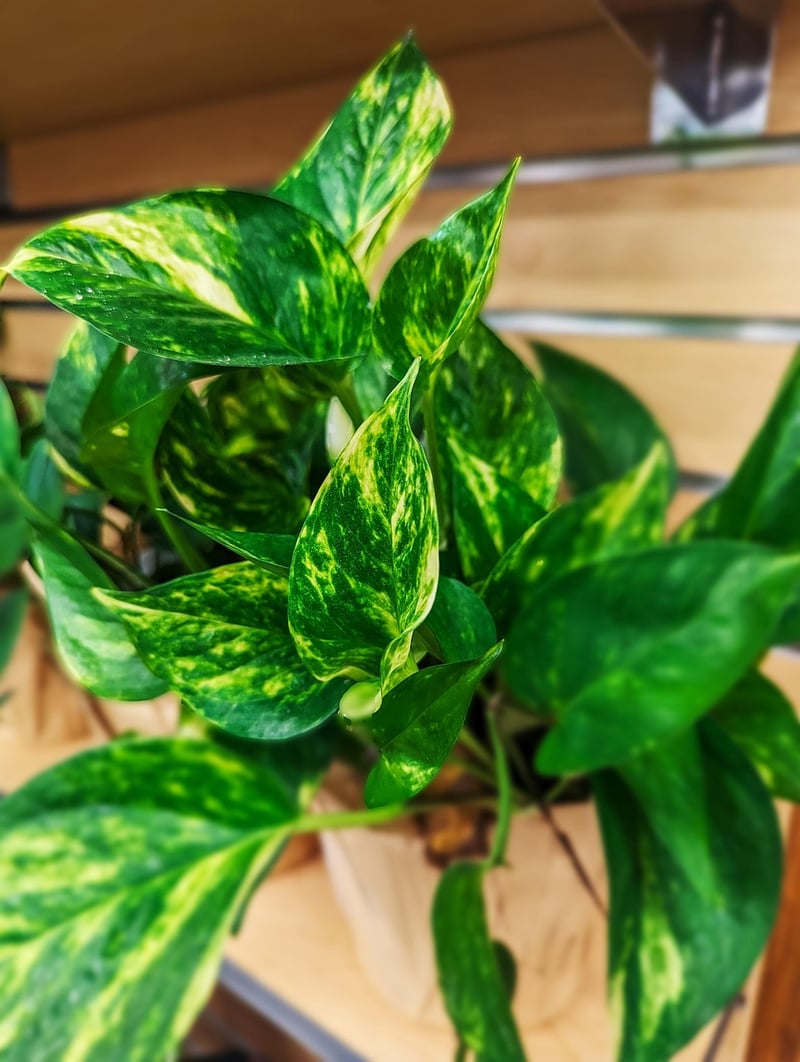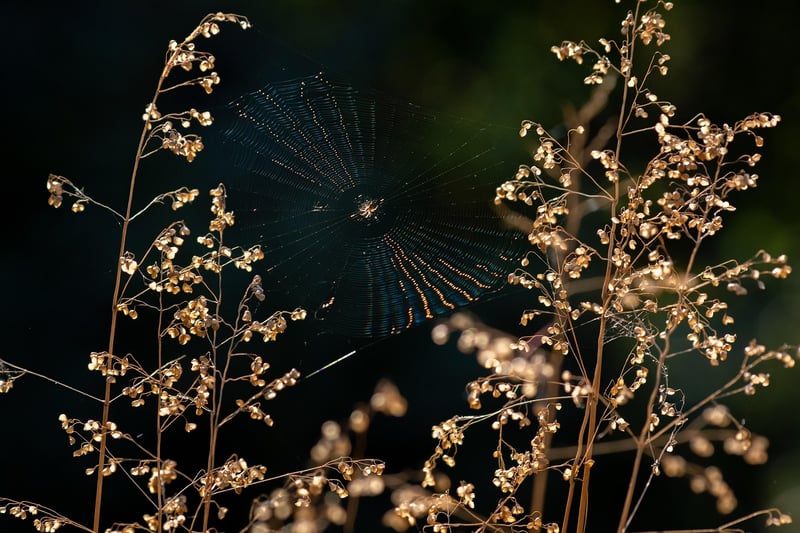Low-Light Options
Choosing Plants for Vertical Spaces
Introduction
Vertical gardening is a fantastic way to bring greenery into small spaces or liven up a blank wall. Whether you have a limited floor area or want to create a stunning living wall, choosing the right plants is essential for vertical gardening success.
Factors to Consider
When selecting plants for vertical spaces, consider the following factors:
1. Light Conditions
Assess the amount of light your vertical space receives. This will dictate the type of plants that will thrive in that environment.
2. Watering Needs
Vertical gardens may require more frequent watering due to increased exposure to air and sunlight. Choose plants that can tolerate these conditions.
3. Space Constraints
Consider the available space for your vertical garden. Opt for plants that won't outgrow their designated area.
Low-Light Options
1. Pothos (Epipremnum aureum)
Pothos is a popular choice for low-light conditions. Its trailing vines add a cascading effect to vertical gardens.

2. Spider Plant (Chlorophytum comosum)
Spider plants thrive in indirect light and are easy to care for, making them ideal for vertical spaces.

3. Peace Lily (Spathiphyllum)
Peace lilies are known for their air-purifying qualities and can tolerate low-light conditions, making them perfect for vertical gardens.

Conclusion
Vertical gardening opens up endless possibilities for adding greenery to your living space. By selecting the right plants based on light conditions and care requirements, you can create a stunning vertical garden that enhances your home or office.
Remember to regularly assess the health of your vertical garden and adjust care routines as needed to ensure your plants thrive in their new vertical habitat.
